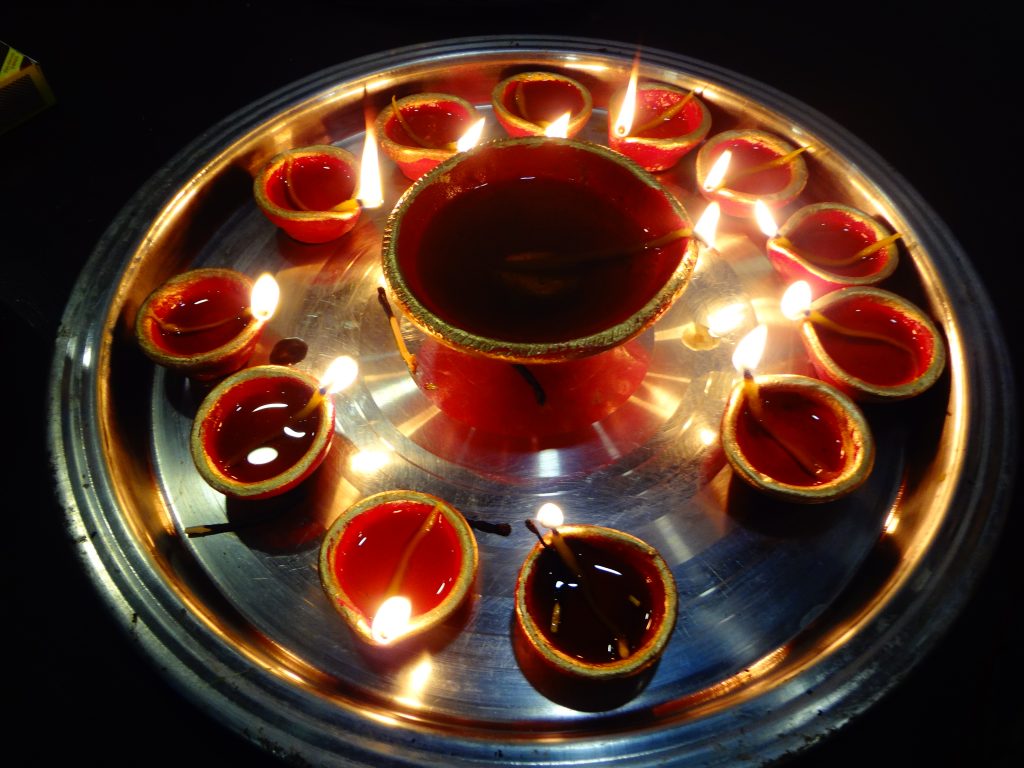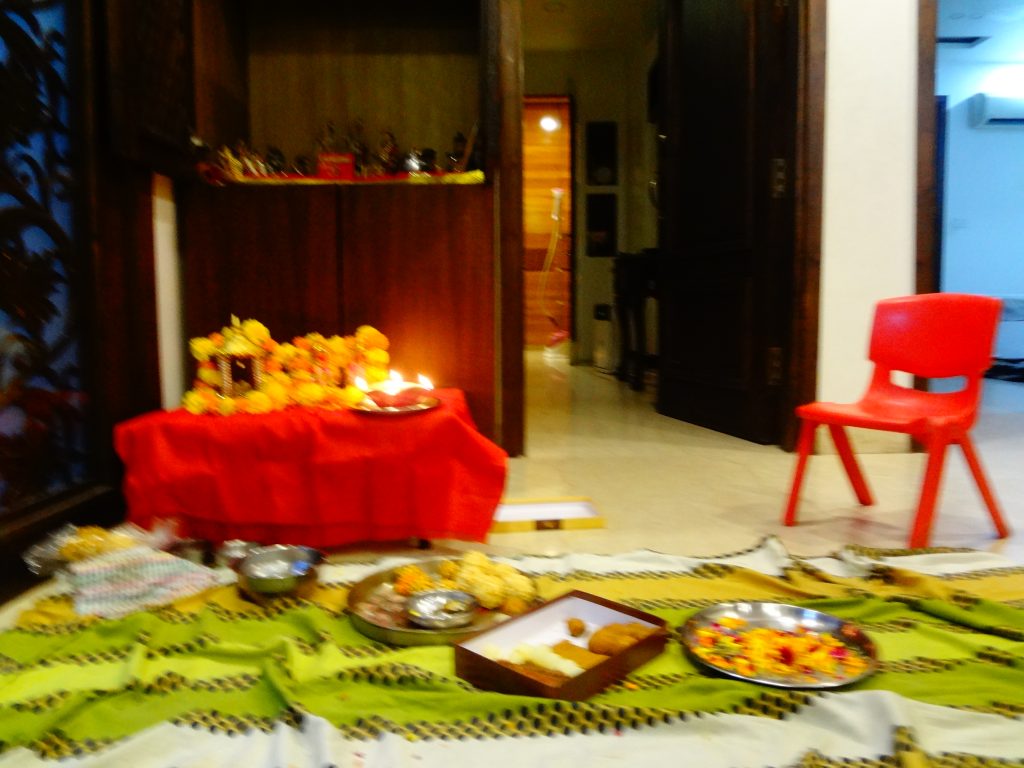Leonie’s host family got a new car, which they want to bless according to Indian tradition in a Hindu temple. During the ceremony, her host father tells her more about religion in India.

The religious orientation of Hinduism that we commonly know is not identical to the conception of the Hinduists in India, but a westernized version of it, as the West first tried to understand religions in India with their own terms and categories. Thus, the West declared Hinduism as the Indian religion, the Vedas as the script of Hinduism, and the Shankaracharyas as their popes. Even the term “Hinduism” is a Western term since followers prefer the term “Santana Dharma” (the eternal religion). In reality, however, there are many different currents grouped under the term Hinduism, ranging from indigenous peoples (autochon) to modern approaches to reforming Hinduism (Brahmo). However, there is a well-known and sensible approach to categorizing Hinduism, which divides Hinduism into two traditions. The Great Tradition (about 20% of the Hindus) is neo-traditionalist and consists of the classical traditions of the upper and middle caste. The little tradition (about 80% of the Hindus) is the westernized tradition of the lower castes.
On her last day, Leonie celebrates the Diwali festival with her host family

Oil lamps
Leonie’s host family has lit several nations to celebrate the victory of light over the dark by Rama’s return.

Temple
Before the party at home, Leonie’s host family goes to the temple to worship the gods

Rangoli
Leonie and her host family dress on the Diwali evening in all traditional Indian clothes and decorate the house with rangolis, figures made of colourful sand, which are supposed to embellish the houses for the gods.

Food
At home, Leonies’ host mother has put flowers, lights, and traditional food to the statues of the gods. To honor them, the food is first offered to the gods and then eaten by the host family.